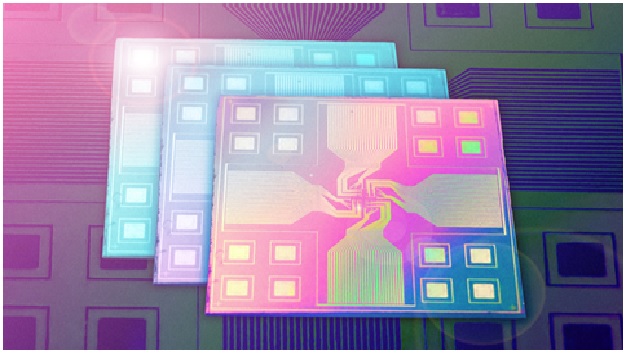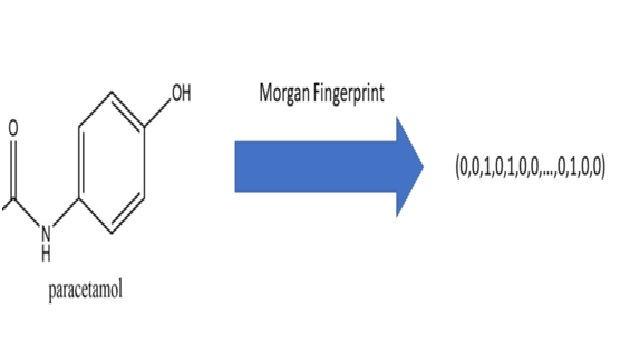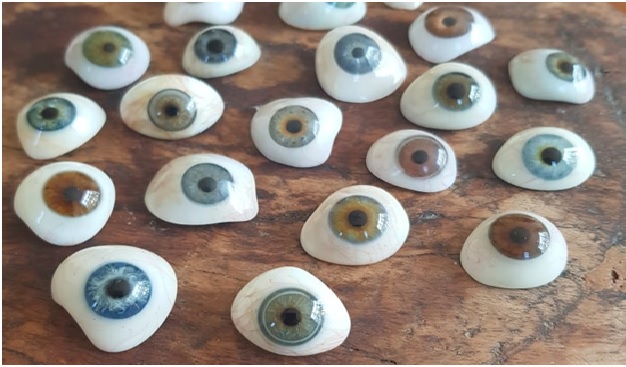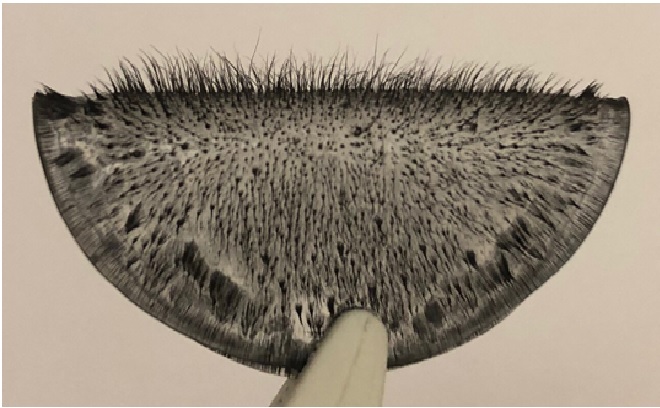The Development of Artificial Neurons on Silicon Chips
Artificial neurons on silicon chips that behave just like the real thing have been invented by scientists – a first-of-its-kind achievement with enormous scope for medical devices to cure chronic diseases, such as heart failure, Alzheimer’s, and other diseases of neuronal degeneration.
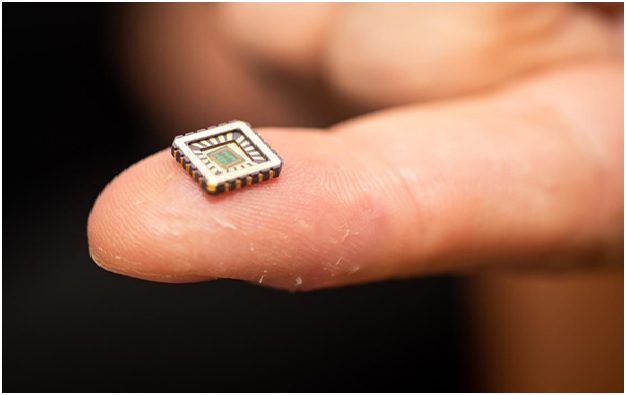
Figure 1: The Silicon Chips
Critically the artificial neurons not only behave just like biological neurons but only need one billionth the power of a microprocessor, making them ideally suited for use in medical implants and other bio-electronic devices. The figure 1 shows the silicon chips.
Designing artificial neurons that respond to electrical signals from the nervous system like real neurons has been a major goal in medicine for decades, as it opens up the possibility of curing conditions where neurons are not working properly, have had their processes severed as in spinal cord injury, or have died. Artificial neurons could repair diseased bio-circuits by replicating their healthy function and responding adequately to biological feedback to restore bodily function.
However, developing artificial neurons comes with immense challenges associated with the complex biology and hard-to-predict neuronal responses. “The difficulty of measuring microscopic parameters that control the dynamics of ionic currents and the nonlinearity of ionic conductances has hampered so far theoretical efforts to build quantitative computational models and subsequently neuromorphic devices replicating the exact response of a biological neuron,” the authors wrote.
Silicon neurons, synapses, and brain-inspired networks have all been proposed, but these designs weren’t meant to recapitulate the behavior of biological cells in detail, rather, they were intended to help identify “the organizing principles of biology” that could be applied to practical devices. “The increasing focus on implantable bioelectronics to treat chronic disease is however changing this paradigm and is instilling new urgency in the need for low-power analog solid-state devices that accurately mimic biocircuits.
The new chips also require very low levels of power to operate. “Our neurons only need 140 nanoWatts of power. That’s a billionth the power requirement of a microprocessor, which other attempts to make synthetic neurons have used,” explained Nogaret. “This makes the neurons well suited for bio-electronic implants to treat chronic diseases.”
The chips have a wide array of potential applications. “We’re developing smart pacemakers that won’t just stimulate the heart to pump at a steady rate but use these neurons to respond in real time to demands placed on the heart – which is what happens naturally in a healthy heart,” said Nogaret. “Other possible applications could be in the treatment of conditions like Alzheimer’s and neuronal degenerative diseases more generally.”
References:
- https://www.sciencefocus.com/future-technology/future-technology-22-ideas-about-to-change-our-world/
- https://www.genengnews.com/news/artificial-neurons-on-a-chip-developed-to-treat-chronic-diseases/
- https://www.medgadget.com/2019/12/silicon-chips-as-artificial-neurons.html
Cite this article:
Vinotha D (2022), The Development of Artificial Neurons on Silicon Chips, AnaTechMaz, pp. 103




